Consolidation in the co-operative movement is like waiting for a bus. After a four-and-a half year hiatus, in which co-ops stubbornly resisted the temptation to follow The Co-operative Group’s lead, two mergers have come along at once.
Just a month after Penrith Co-operative Society unanimously voted to merge with Scotmid, Midlands Co-operative Society and Anglia Co-operative Society announced plans last week to come together.
The move, subject to member approval, will bring together the UK’s third and eighth-biggest retail co-ops, creating a society operating 227 food stores across 16 English counties.
The Midlands-Anglia merger in numbers
- £1bn: Turnover
- 16 counties: Trading across
- 227 food stores (with 17 in the pipeline)
- 23 forecourts
- 113 funeral homes
- 21 travel agents
- 329,000 members
- 8,600 staff
So what has prompted the merger and can we expect further consolidation in the future?
Midlands and Anglia are relishing the deal. “Opportunities like this don’t come along very often. I believe the time has never been better to join together to create a strong new independent society,” says Midlands CEO Martyn Cheatle. “Both our societies have a strategy for growth. By coming together we can secure our long-term future and grow and invest so our businesses thrive.”
Anglia CEO John Chillcott adds: “Competition is fierce and we have to robustly respond with investment in new locations, improved systems, and competitive value and service to our customers. The merger will create the scale and resources necessary to compete and provide greater opportunity to members and staff.”
Anglia arguably has more to gain than Midlands. Its most recent accounts for the year to 1 September 2012 showed a pre-tax profit of £3.7m against a loss of £33m the year before, on turnover down 32% to £216.8m, following the sell-off of its non-food businesses. It also has debts of £18.6m and a pension deficit of £81.9m. In a document to members on the proposal, it insists the merger is not driven by financial problems: “The society has adequate facilities to fund ongoing operations and has produced healthy operating profit of £6m per annum since the fundamental reorganisation in 2011,” the document states.
However, the society’s growth and ambitions for community and colleagues are “constrained by the costs of servicing debt and funding the pension deficit and contractual obligations to the former non-food businesses,” it adds.
There are considerable advantages for Midlands, too. Despite having only 27 food stores against the 200 of Midlands, Anglia boasts an incredibly loyal customer base and a membership of about 189,000, against about 140,000 at Midlands.
Good geographical fit
Anglia also trades across Norfolk, Suffolk, Cambridge- shire and Bedfordshire - new territory for Midlands. Currently, the furthest east Midlands has ventured is Lincolnshire and Northamptonshire. But this begs the question why Anglia didn’t merge with its nearest neighbour East of England Co-op, which trades in Norfolk and Suffolk as well as Essex.

A tie-up with Midlands makes more sense, Chillcott believes. “East of England has a good geographical fit with Anglia, but the other elements of convergence are weaker than with Midlands, in particular East of England is not in The Co-operative brand,” he says. “Midlands is not only in The Co-operative brand, but also operates the same membership scheme as Anglia.”
For Midlands, the merger will transform it into a society with a turnover of £1bn. Other than The Co-op Group - by far and away the biggest retail co-op in the UK with a turnover of £13.5bn - only Midcounties Co-op boasts a turnover of more than £1bn. Midcounties reported sales of £943m in the year to 29 January, but in April revealed its sales had topped £1bn for the first time. So the merger will effectively result in there now being two ‘super independent co-ops’ more than double the size of Scotmid, the next biggest.
Opportunity knocks
And Midlands plans to grow even bigger. “Part of Midlands Co-op’s strategy is to grow and expand its estate and we will always welcome acquisition and merger discussions where the outcome will be of benefit to members, customers and employees,” says Cheatle. In August it took over one-store society Shepley Village Co-op in West Yorkshire.
“There is a long-term trend throughout history of consolidation within co-operative retailing and the mergers this year can be seen as part of this broader trend”
Helen Barber
The recent flurry of activity means the CRTG now has just 17 members. Although between September 2005 and February 2009 there were 11 mergers within the co-op movement (as well as the Co-op Group’s acquisition of Somerfield), many believe that just like in the Midlands/Anglia merger, opportunity rather than necessity will now drive consolidation. “The key word is opportunity,” says a Scotmid spokesman. “We are always looking at opportunities to grow our business.”
Further mergers are inevitable, believes Helen Barber, secretary and head of advice for Co-operatives UK. “Where there is a clear commercial benefit to co-operatives merging or working together and where the members of those retail co-operatives agree to the changes, we are pleased to support mergers,” she says. “There is a long-term trend throughout history of consolidation within co-operative retailing and the mergers this year can be seen as part of this broader trend.”
A series of meetings will now be held for Midlands and Anglia members, culminating in special meetings to approve the merger in November. The tie-up is expected to be completed in early December.
As the co-op consolidation bus sets off once again, the question remains, which societies will be next to board?
The Co-operative Retail Trading Group by turnover
- The Co-operative Group: £13.5bn
- Midcounties: £1bn
- Midlands/Anglia: £1bn
- Scotmid: £441m
- East of England: £335.1m
- Southern: £332.6m
- Lincolnshire: £282.9m
- Channel Islands: £159.6m
- Chelmsford Star: £93.7m
- Heart of England: £93.3m
- Radstock: £22.3m
- Tamworth: £20.1m
- Clydebank: £14.4m
- Seaton Valley: £6.6m
- Wooldale: £2.2m
- Allendale: £1.6m
- Coniston: £678k



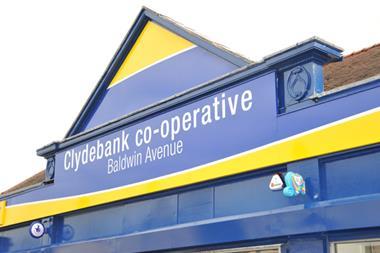
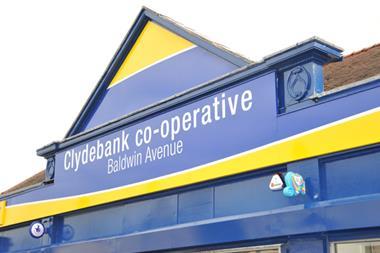
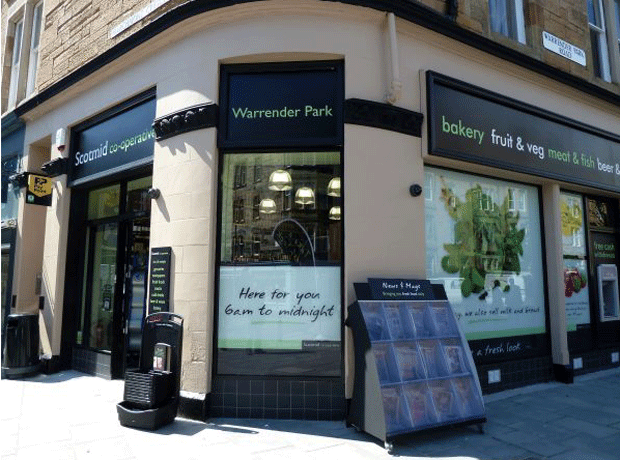




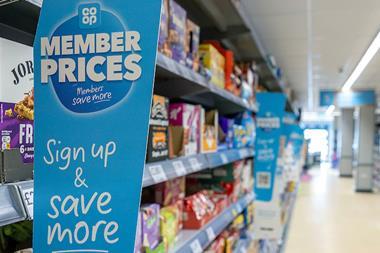

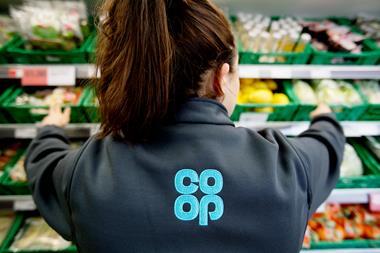
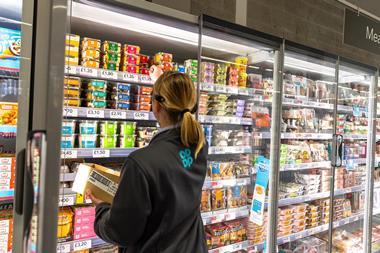

No comments yet